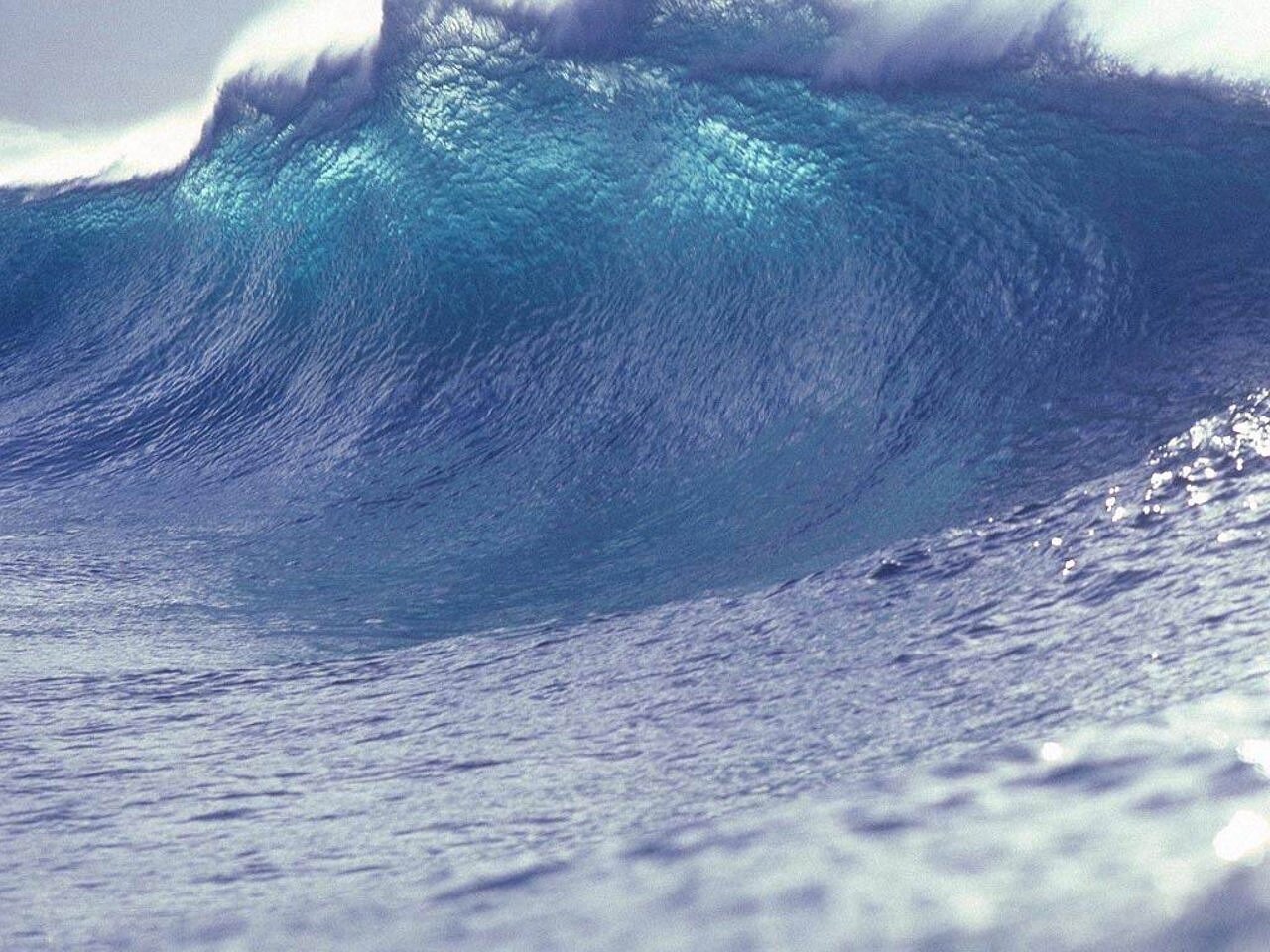California Tsunami Risk: Identifying High-Casualty And Damage Zones

Welcome to your ultimate source for breaking news, trending updates, and in-depth stories from around the world. Whether it's politics, technology, entertainment, sports, or lifestyle, we bring you real-time updates that keep you informed and ahead of the curve.
Our team works tirelessly to ensure you never miss a moment. From the latest developments in global events to the most talked-about topics on social media, our news platform is designed to deliver accurate and timely information, all in one place.
Stay in the know and join thousands of readers who trust us for reliable, up-to-date content. Explore our expertly curated articles and dive deeper into the stories that matter to you. Visit Best Website now and be part of the conversation. Don't miss out on the headlines that shape our world!
Table of Contents
California Tsunami Risk: Identifying High-Casualty and Damage Zones
California, known for its stunning coastline and vibrant cities, faces a significant, often underestimated, threat: tsunamis. While the state isn't as frequently impacted as the Pacific Rim nations, the potential for devastating consequences from a major tsunami is very real. Understanding the areas most at risk is crucial for effective preparedness and mitigation. This article delves into the high-casualty and high-damage zones along the California coast, examining the factors contributing to vulnerability and outlining steps for improving community resilience.
Understanding California's Tsunami Vulnerability
California's location on the Pacific Ring of Fire makes it susceptible to tsunamis generated by both nearby and distant earthquakes. A local earthquake along the San Andreas Fault system or a megathrust event in the Cascadia Subduction Zone (off the coast of Oregon and Washington) could generate powerful waves impacting the entire California coastline. Furthermore, tsunamis originating from distant sources, such as Alaska or Japan, can also reach California shores, albeit with diminished force.
High-Casualty and High-Damage Zones: A Closer Look
Identifying high-risk areas requires analyzing several factors: proximity to the ocean, elevation, coastal infrastructure, and population density. While the entire California coast is at risk, some areas are significantly more vulnerable than others.
Coastal Cities Facing the Greatest Threat:
- Los Angeles and Long Beach: These densely populated metropolitan areas boast extensive coastal infrastructure, including ports and harbors, making them highly vulnerable to tsunami damage and disruption. The low-lying areas and extensive population density could lead to a high number of casualties.
- San Francisco Bay Area: The Bay Area's complex geography and significant population pose a unique challenge. While the bay itself offers some protection, areas adjacent to the bay and exposed coastlines remain at risk. The potential for inundation and structural damage is substantial.
- Crescent City: Located in Northern California, Crescent City has a history of tsunami impacts and is particularly vulnerable due to its proximity to the Cascadia Subduction Zone. The city's location and limited elevation amplify the risk.
- Santa Barbara and Ventura Counties: These areas feature a combination of low-lying coastal areas and significant population density, increasing the risk of both property damage and casualties.
Factors Contributing to Vulnerability:
- Low-lying coastal areas: Areas below sea level or with minimal elevation are most susceptible to inundation.
- Aging infrastructure: Older buildings and infrastructure may not be designed to withstand the forces of a tsunami.
- Population density: Highly populated areas experience more casualties and greater economic losses in the event of a tsunami.
- Lack of preparedness: Inadequate awareness and preparedness measures among residents significantly increase the risk.
Improving Community Resilience:
Preparedness is paramount. Mitigation efforts must focus on:
- Improved tsunami warning systems: Faster and more accurate warning systems are crucial for providing residents with sufficient time to evacuate.
- Evacuation planning and routes: Clear and accessible evacuation routes must be identified and regularly practiced through drills and community education.
- Building codes and infrastructure improvements: Enforcing stricter building codes and upgrading infrastructure to withstand tsunami forces can significantly reduce damage.
- Public education and awareness: Raising public awareness about tsunami risks and preparedness measures is essential for ensuring community safety.
Conclusion:
California's tsunami risk is a serious concern requiring ongoing attention and proactive measures. By understanding the high-casualty and high-damage zones, investing in improved warning systems, and promoting community preparedness, California can significantly reduce the potential loss of life and property from future tsunami events. Learning about your local tsunami evacuation plan is a crucial step in ensuring your safety and the safety of your community. Visit your local emergency management agency's website for more information and resources.

Thank you for visiting our website, your trusted source for the latest updates and in-depth coverage on California Tsunami Risk: Identifying High-Casualty And Damage Zones. We're committed to keeping you informed with timely and accurate information to meet your curiosity and needs.
If you have any questions, suggestions, or feedback, we'd love to hear from you. Your insights are valuable to us and help us improve to serve you better. Feel free to reach out through our contact page.
Don't forget to bookmark our website and check back regularly for the latest headlines and trending topics. See you next time, and thank you for being part of our growing community!
Featured Posts
-
 Magnitude 2 5 Earthquake Rattled Los Angeles
Jun 10, 2025
Magnitude 2 5 Earthquake Rattled Los Angeles
Jun 10, 2025 -
 Is Pg And Es Diablo Canyon Nuclear Plant Fee A Hidden Slush Fund
Jun 10, 2025
Is Pg And Es Diablo Canyon Nuclear Plant Fee A Hidden Slush Fund
Jun 10, 2025 -
 Whoopi Goldbergs Take The Trump Musk Feud Is A Manufactured Drama
Jun 10, 2025
Whoopi Goldbergs Take The Trump Musk Feud Is A Manufactured Drama
Jun 10, 2025 -
 Analyzing Card Prices For Profitable Tuesday Football Bets World Cup Qualifier
Jun 10, 2025
Analyzing Card Prices For Profitable Tuesday Football Bets World Cup Qualifier
Jun 10, 2025 -
 Injury Concerns For Chicago Sky Vandersloots Knee Injury Against Fever
Jun 10, 2025
Injury Concerns For Chicago Sky Vandersloots Knee Injury Against Fever
Jun 10, 2025
